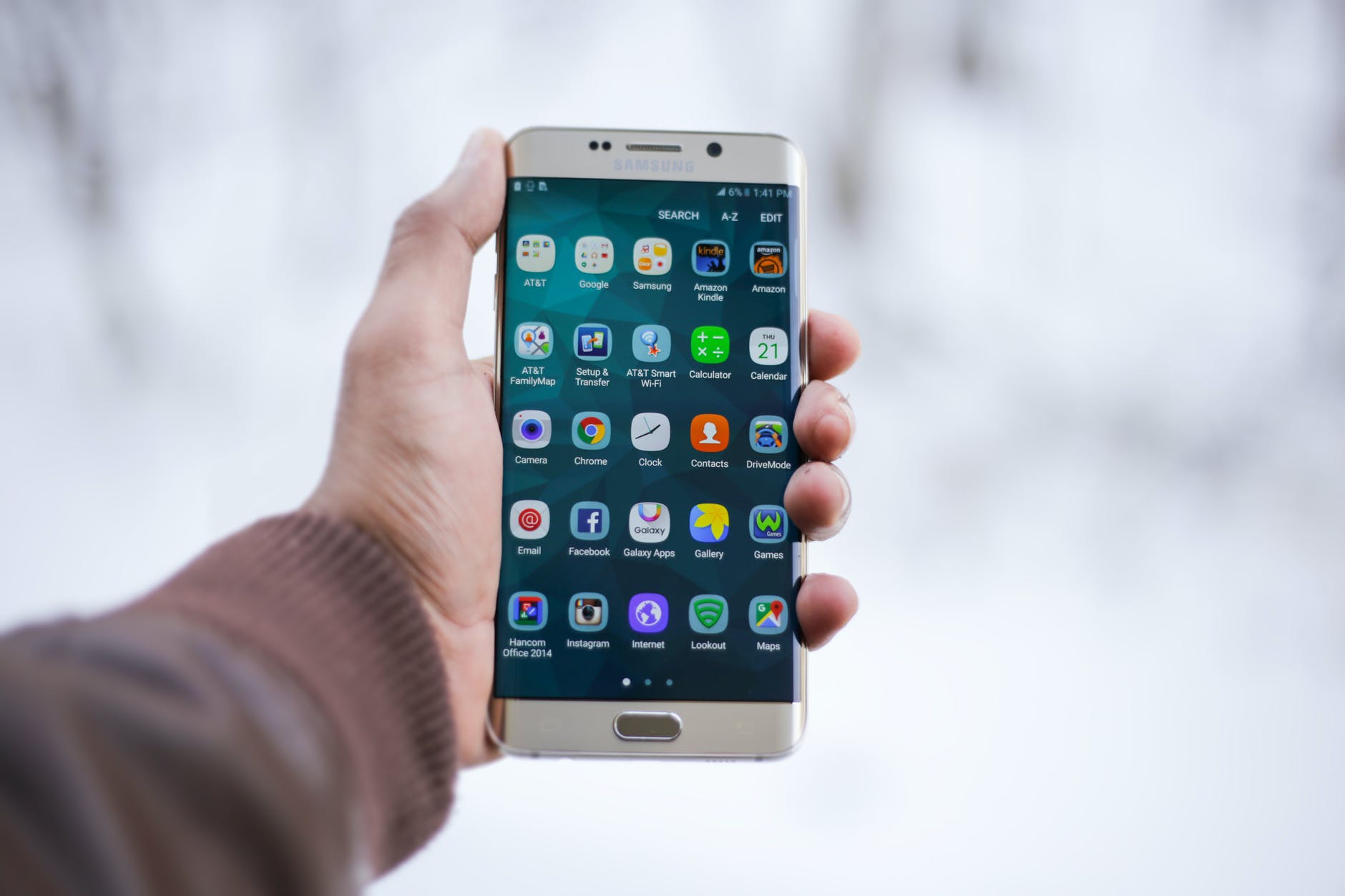
Factors Influencing The Costs Of Android App Development In 2023
Let’s face it: the cost of building applications is often a nightmare for business owners.
Besides, why not? Based on the type of application, the average Android mobile application costs around $16,000-40,000.
Interestingly, however, the costs associated with Android app development continue to increase in 2023. The introduction of new features and functionality of applications continues to add to production costs, making it a crucial factor for development.
Here, we look closely at a few variables that may affect the price of developing Android apps in 2023. Read on as we take a deeper look at several areas where your Android app development company could assist you in saving money.
Factors Influencing The Costs Of Android App Development
Testing & Quality Assurance
Providing a trustworthy, bug-free Android app is essential for the success of your application. However, it can only be achieved through rigorous testing and quality assurance (QA), which add to the development costs.
Here’s an overview of the different levels of Q&A that you can convey to your Android app development company:
| Type Of Testing | |
|---|---|
| Basic Testing: | Basic testing entails locating and resolving frequent problems and faults. Although it usually costs less, the software could be less stable. |
| Comprehensive Testing: | Thorough testing is necessary to provide a high-quality app. This covers testing for usability, performance, security, and cross-platform compatibility with different hardware and operating systems. This strategy results in a more finished product but raises the development cost. |
| Ongoing Maintenance: | Post-launch, continuing maintenance, and upgrades are required to fix problems and maintain the app’s compatibility with new hardware and operating systems. The total cost of development should include this maintenance expense. |
Features & Functionality
The costs associated with app development are closely related to the number of features you want to include in your software. Each feature in your software needs to be planned, tested, and programmed before integrating with your application APIs, which adds to the costs.
Let’s look at different features you can incorporate into your application as per your budget:
| Type Of Features | Description |
|---|---|
| Basic Features: | Apps with minimal features are more cost-effective. These apps often serve a specific purpose without extensive functionality. |
| Advanced Features: | This phase comprises all the basic features, including advanced features like geolocation, payment gateways, push notifications, and in-app purchases, which will raise development costs. |
| Third-Party Integrations: | If your app needs to integrate with external services or APIs, such as social media platforms or payment processors, the development cost will increase due to the complexity of integration. |
Platform & Device Compatibility
Platform and device compatibility is another contributing factor to your Android development costs. Therefore, ensuring that your app functions seamlessly over various Android devices and versions is crucial.
Let’s have an insight into how different levels of compatibility add to the development costs:
| Type Of Compatibility | Description |
|---|---|
| Device Compatibility: | Developing an app that functions well on various Android devices, including smartphones and tablets, requires thorough testing and optimization. This can increase the development timeline and cost. |
| Operating System Compatibility: | Android has multiple versions in use concurrently. Ensuring your app works on older and newer OS versions, may require additional development effort and cost. |
Design & User Experience (UX/UI)
The user experience and design determine costs for Android app development. A well-designed software draws users and increases retention and engagement rates. Here’s an insight into varying design and UI/UX levels that add to your app development costs in different stages:
| Type Of Design | Description |
| Basic Design: | A basic design is straightforward and practical, has few visuals and animations, and will be less expensive. |
| Custom Design: | Additional design efforts and higher development expenditures are needed to provide an original and visually beautiful design targeted to emphasize your brand and target audience. |
| Complex Animations With Engagement: | If your app demands complex animations, transitions, and interactions, the cost will rise further due to the additional design and development work involved. |
App Building Platform
An Android app’s development cost is influenced by its building platform. A platform for creating mobile apps would be selected depending on the company’s strategy. The service must be available on popular operating systems like Android and iOS if it requires an app.
However, two options are available for app development: native and hybrid.
| Type Of App Building Platform | Description |
| Native Apps: | As the name suggests, native apps are products developed for a single platform, i.e., iOS or Android. These apps are designed for one platform and perform seamlessly over one interface. |
| Hybrid Apps: | Hybrid apps, on the contrary, are applications that can run over one or more OS models. These apps are designed to run over Android and iOS apps and target businesses across multiple segments. |
Now You Know!
Android apps can be complex! However, the value of your application depends on its design, UX, and UI, among several other factors. You can save development costs once you thoroughly understand these aspects. So, the next time you connect with an Android app development company, ensure you’ve thoroughly analyzed your app’s requirements and budget.
Remember, understanding the critical cost drivers and informed decisions can help optimize your development process and deliver a successful Android app that meets your goals and budgetary constraints in the ever-evolving mobile app landscape in 2023. All the best!






